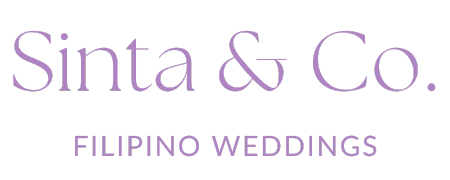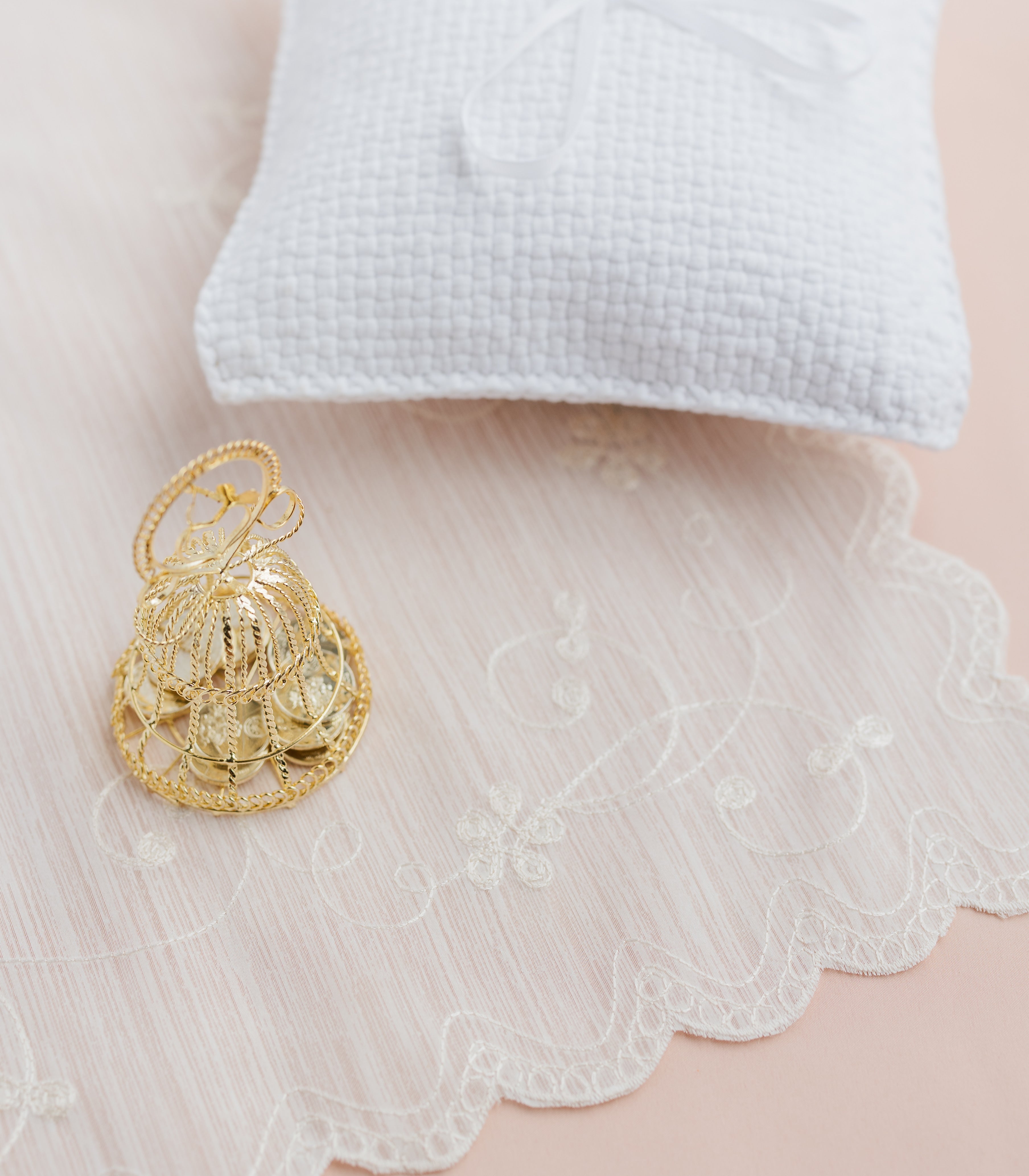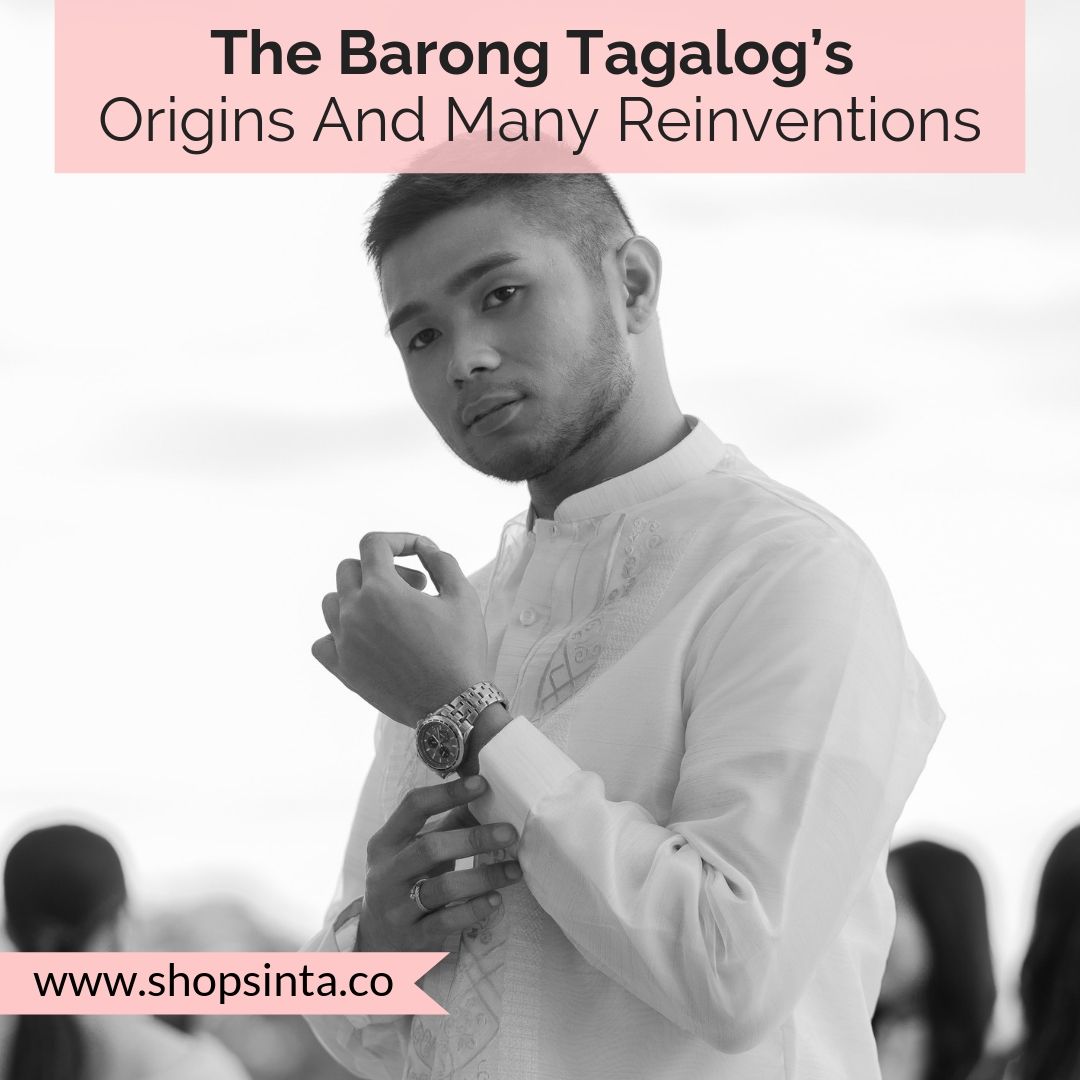Whether you’ve attended a Filipino wedding or worn one yourself, you’ll likely have had some kind of encounter with the Philippines’ most famous garment: the Barong Tagalog.
The Barong Tagalog is properly referred to as the Baro ng Tagalog (dress of the Tagalog) instead of simply just Barong, which is equivalent in English to saying “dress of.”
Sources say that the Barong Tagalog exhibits the “loose, long lines of its Chinese sources, the airy tropical appearance of Indo-Malay costume, the elongated effect of Hindu dressing, and the ornamental restraint of European men's clothing.”
Its design might have us recall the styles of different cultures, but there’s no denying that globally, it’s recognized as one that’s uniquely Filipino.
For me, it was always considered a “costume” during our school’s Buwan ng Wika (Month of the Filipino Language) where my schoolmates would perform our country’s traditional dances while wearing them.
I had not formed an opinion about its roots (although, I did have an inkling that it had Spanish influences), and only began to realize its ubiquity when I attended Filipino weddings and formal events growing up.
Turns out, it was hailed the national dress of the Philippines, already cemented in our country’s culture.

Barong with mandarin collar. Picture taken at a Filipino/Mexican wedding in 2019. Source Wikimedia Commons
What’s The Real Story of the Barong Tagalog?
Way before the Spaniards came, the natives of Ma-I (the Philippines before the Spaniards came), and in particular, the Tagalogs who lived in the island of Luzon, already wore baro. In particular, the Tagalog males wore a sleeve-doublet of rough cotton cloth called kanga, reaching slightly below the waist, collarless and with the opening in front.
Although this is the case, surrounding myths around the origins of the Barong Tagalog commonly maintain the narrative that the Barong Tagalog originated from the 16th century during the Spanish colonization when the Spaniards introduced the dressy standing collar shirt to the baro and allowed only the Ilustrados - the rich and landed Filipino families - to wear them with shoes and hats.
It was allegedly a dress code for further oppression.
The Spaniards considered it a blatant reminder for the Indios that regardless of the wealth and power they attain, they would still be low-class citizens. During this time, the natives were required to wear them transparently without pockets and untucked to prevent thievery and concealing weapons.
But is this true?
Some scholars dispute this by emphasizing that the Barong’s transparency and the manner of wearing it untucked was already being done way before the Spaniards came to the country and was solely to better cope with the country’s tropical climate.
It was also reported that the Ilustrados started expressing dissent through elaborate embroidery designs on their Barong Tagalog.
However, there’s not a lot of evidence to support this claim. Instead, it’s likely that the colorful Barongs were merely replicating the clothing of their pre-colonial ancestors.
In fact, during the pre-Hispanic era, the natives wore colorful doublets depending on their social rank and badge of courage (different colors distinguished the chiefs and ordinary citizens).
Reclaiming the Barong Tagalog And Our Filipino Identity
The victory of Philippine nationalists made for a more liberated and experimental Barong Tagalog.
During the American occupation (1898 - 1946), a distinguishable, more detailed design rose until the 1920s: a Barong Tagalog designed with ruffled collars and cuffs.
In the 1920’s, a new style of the Barong Tagalog emerged. and is the style most often worn today.
Made of rengue abaca fiber, it was worn over camisa de chino (a Chinese collarless, T-shirt). However, the growing American influence in the Philippines meant the Barong Tagalog became less and less popular.

President Manuel L. Quezon in a Commonwealth Barong Tagalog
As the country gained independence from the Americans, the popularly known Commonwealth Barong Tagalog designed with the Commonwealth and American flag, was worn by President Manuel L. Quezon, during his November 15, 1935 inauguration.
In 1955-1957, it was during President Ramon Magsaysay’s term that the Barong Tagalog resurfaced as he himself chose to wear them during his inauguration and all social functions.
Succeeding presidents added their own flair to the Barong Tagalog, highlighting embroidery and even wearing them with folded long sleeves.
“Piña, a handwoven fabric made from pineapple fiber, is the most popular choice of material for the Barong Tagalog, while jusi and banana fabrics are also often used,” said the Manila Times. “What ultimately sets a particular Barong Tagalog apart from others, however, is the intricacy of its embroidery on the garment’s chest area.”
Characteristic of the resilience of Filipinos, the story of the Barong Tagalog, despite being clouded by the myth that it was a badge of slavery, became instead a long-standing emblem of nationalist pride.
 President Ramon Magsaysay, the first president to wear a Barong Tagalog during his inauguration on December 30, 1953
President Ramon Magsaysay, the first president to wear a Barong Tagalog during his inauguration on December 30, 1953
How The Barong Tagalog Is Worn Today
Today, the Barong Tagalog has seen a global reinvention and revival, even gracing high fashion runways around the world.
It has even been seen in Paris Fashion Week, and worn by notable Hollywood actors, one of which is Darren Criss. Criss is part Filipino, singing and dancing while wearing an intricately embroidered Barong Tagalog during his wedding night - an homage to his roots.
 Valentino Spring/Summer 2012 at Paris Fashion Week. Source Vogue
Valentino Spring/Summer 2012 at Paris Fashion Week. Source Vogue
Some Filipino politicians even go as far as using the Barong Tagalog as a medium for protest, giving truth to the notion that fashion is political.
Rep. Teddy Casiño wore a “statement barong” designed by Edgar San Diego during the President Benigno Aquino III’s State of the Nation Address, criticizing the high prices of utilities and basic commodities in the country during that time.

There are already countless modern takes to the traditional Barong Tagalog.
Millennial designs came into the spotlight and the various intersectionalities of cultural and pop cultures that can be represented with the Barong Tagalog. We see Barong Tagalogs in Black, embroidered with David Bowie references and put together in unconventional proportions.
 Black Barong Tagalog worn by Diether Ocampo in Metrowear Filipiniana, a runway show in celebration of the Philippines 113th year of independence
Black Barong Tagalog worn by Diether Ocampo in Metrowear Filipiniana, a runway show in celebration of the Philippines 113th year of independence
Locally, there are even examples of the revival of the traditional Barong Tagalog. Most notably is in Pineapple Industries, founded by proud New Yorker Randy Gonzales. Pineapple is an independent boutique for handcrafted, made-to-measure custom barongs made in partnership with Filipino artisans. They specialize in classic and refined Barong Tagalogs, all proudly made in Philippines.
The Barong Tagalog has gone through many evolutions throughout the century, capturing the zeitgeist of generations alongside the unfurling of history. There is an understated elegance to the traditional design, one that makes it suitable for both men and women and that which gives room for innovation.
Without a doubt, its national importance is also a message of historical remembrance.
Have you worn a Barong Tagalog for a Filipino wedding or special occasion? What are your thoughts on this elusive and alluring piece of clothing?
Zea Asis

Gelaine is a social entrepreneur, an online storyteller, and a passionate advocate for diversity and ethics in business. She’s the co-founder of Cambio & Co., an e-commerce fashion company working with Filipino artisans to celebrate Filipino craftsmanship, culture, and heritage. Gelaine is also one of the founders of Sinta & Co., the world’s first conscious Filipino wedding boutique. She was named one of RBC’s Top 25 Canadian Immigrants of 2019. Find her on Instagram @gelainesantiago and www.gelainesantiago.com



Leave a comment